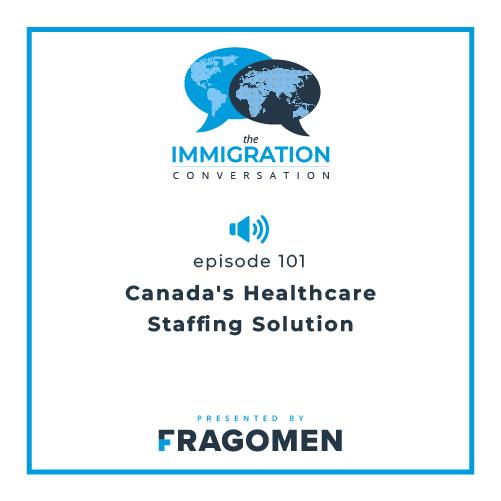Immigration Strategy for Work and Travel in the EU: Why Employers Must Plan Ahead
May 12, 2025
By: Elisabeth Kamm, Marisa Gizzi
The EU has long aimed to harmonise mobility across its borders—but when it comes to moving people for work, the reality remains complex. While EU-wide frameworks exist, businesses and individuals must still navigate a patchwork of national rules, processes and limitations.
For non-EU nationals who do not benefit from free movement, work and travel requirements often become tricky to manage—particularly on short notice.
So, how can organisations plan efficiently for short-, mid- or long-term assignments across Europe? What rules apply? What is the fastest route to get someone working legally in multiple countries? And how can Fragomen help with strategic mobility planning?
The following are three real-life examples that demonstrate how early intervention and a strategic approach can make all the difference.
The Frequent UK Business Traveller (Short-Term Strategy)
Take the case of a UK national employee who travels to Poland and Germany for two-day meetings about once a month. UK nationals are visa-exempt for short visits to the Schengen Area.
However, a few critical compliance considerations still apply:
-
-
- The Schengen allowance must be tracked (90 days in any 180-day period across the Schengen zone).
- Ensure the intended activities qualify as business travel or are work permit-exempt under each country’s national rules.
- Each country defines business travel differently. What is acceptable in Germany may not be allowed in Poland.
-
Planning ahead is key especially with the upcoming ETIAS and EES digital entry systems. These systems will track visa-exempt travellers more closely and facilitate enforcement. Ensuring compliance from the start will be more important than ever.
The Multi-Country Technical Team (Mid-Term Planning)
Consider a company based in the UK with three specialist engineers: one Italian national, one Indian national and one UK national set to travel for short assignments to the Netherlands, Sweden, Italy and Spain. Each visit is only a few days long, and all engineers remain on UK payroll.
Planning considerations include:
-
-
- The EU national can freely work in each of the EU jurisdictions.
- The UK and Indian nationals may require entry visa or work permits depending on the host country and nature of work.
- Is it fastest to send the UK national to the Netherlands and the Indian national to Spain, or vice versa?
- Posted Worker notifications, salary thresholds or social security aspects must be considered in each location.
-
Even for short stays, it will be necessary to manage four destination countries, three nationalities and several regulatory frameworks. Without advance planning, delays and compliance risks are almost inevitable.
Long-Term Planning – Local Hire vs Assignment Permit
Now consider a business transferring a Thai national currently employed in Bangkok to its entity in France or Sweden for a three-year assignment. The organization must decide whether to:
-
-
- Place the employee on a local employment contract, or
- Keep them on their home contract and payroll using an assignment permit.
-
Each option influences an individual’s:
-
-
- Eligibility
- Salary and benefit requirements
- Pathways to long-term stay or permanent residence
-
These variables differ significantly by country. Some routes may offer faster processing, while others may be more cost-effective or provide greater flexibility for future mobility within the EU. Choosing the right setup from the start saves time, reduces risk and increases the chances of long-term desirable outcomes. Strategic planning helps assess all available options - and choose the one best aligned with business goals.
How Fragomen Can Help
As demonstrated by these three examples, mobility across Europe is never one-size-fits-all. To get it right, one needs a clear strategy that considers:
-
-
- Visa and work permit requirements and exemptions
- Home company location and contract type
- The nature of activities to be performed and time spent in the destination (country-ies)
- National versus EU-wide immigration options (e.g., EU Blue Card, EU ICT permit)
- Processing speed, compliance risk, and business timelines
-
Clients Frequently Ask:
-
-
- How can we move this person quickly?
- Should we hire locally or send someone on assignment?
- What’s the best country to initiate the process?
- Does it make sense to open a local entity, and if so, where?
-
Fragomen Consulting Europe helps clients identify and answer these questions. Whether navigating compliance for a single trip or designing a scalable, EU-wide mobility strategy, Fragomen provides the tools, knowledge and experience to guide clients towards the best results.
Need to Know More?
For questions regarding immigration to the EU or other related queries, please contact the Fragomen Consulting Europe team at [email protected].
This blog was published on 12 May 2025 and due to the circumstances, there are frequent changes. To keep up to date with all the latest updates on global immigration, please subscribe to our alerts and follow us on LinkedIn, Twitter, Facebook and Instagram.















